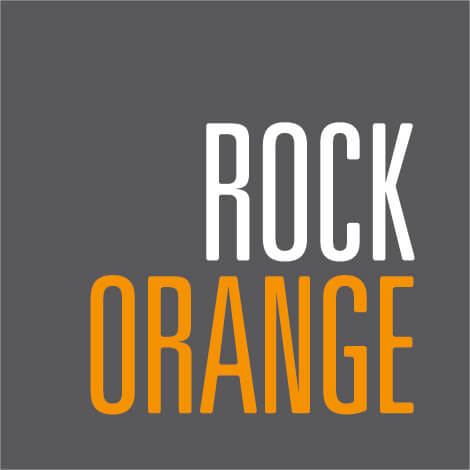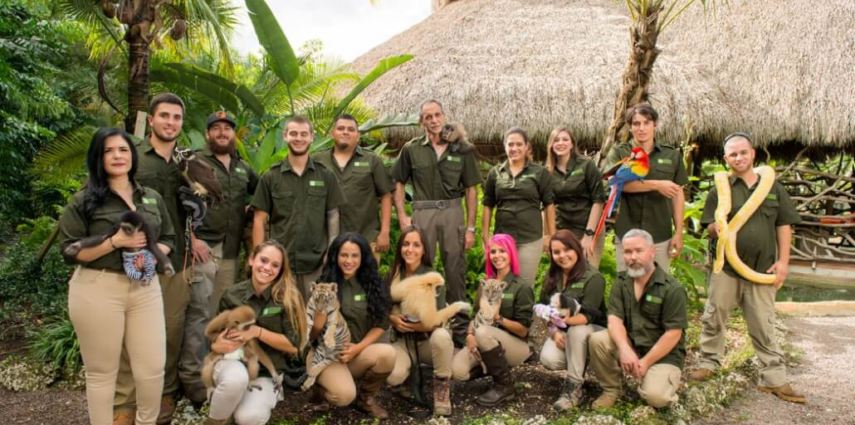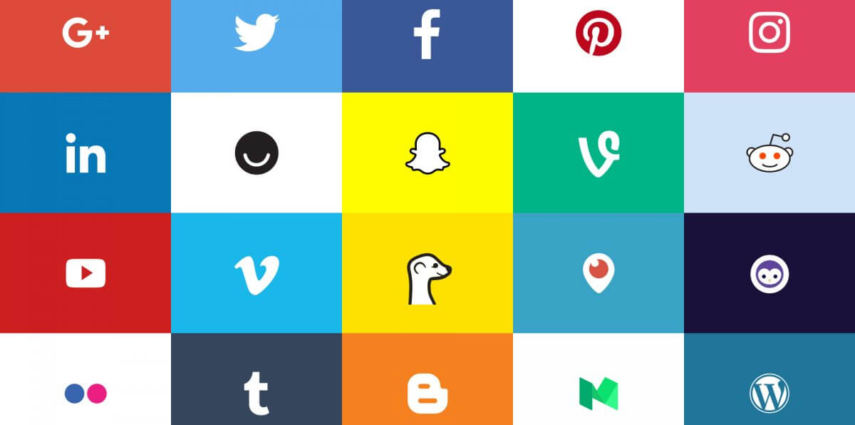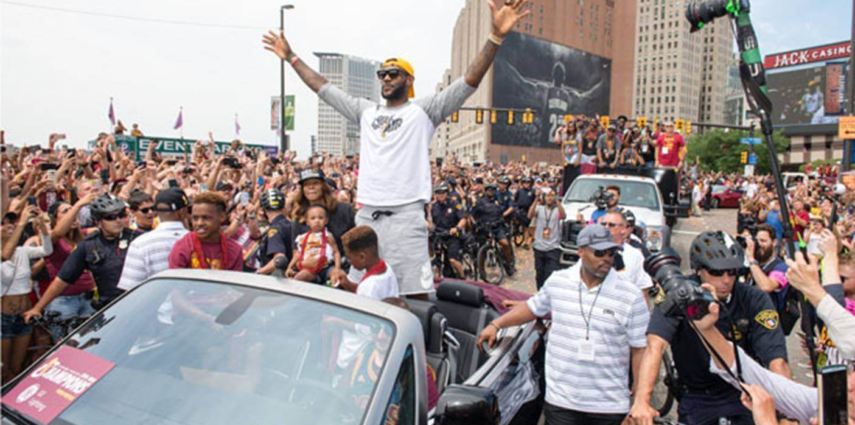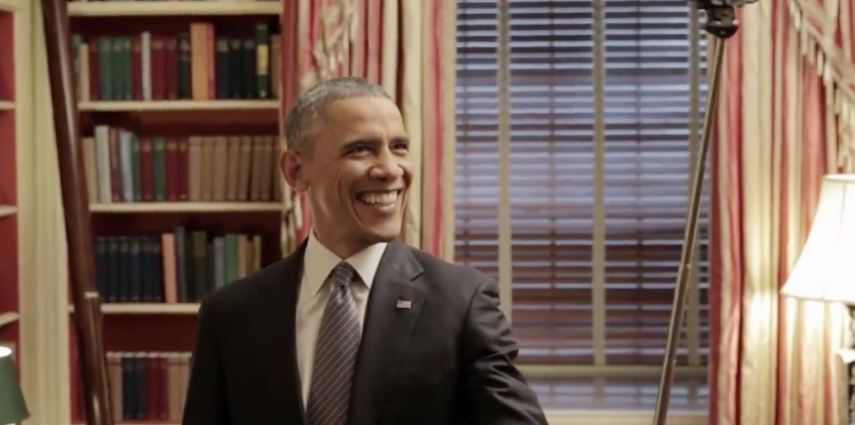Miami has a not-so-well-kept secret that, for those who visit, is a unique, memorable and totally Instagrammable experience.
The Zoological Wildlife Foundation (ZWF Miami) is home to nearly 200 exotic animals including lions, leopards, camels, otters, baboons, monkeys, anteaters and more. The mission of the foundation is to provide a safe haven and better quality of life for these animals that come from all parts of the world and even at time have been rescued from at-risk situations, such as canned hunting.
ZWF raises funds to continue to provide a better way of life for the animals by offering tours and one-of-a-kind personal animal encounters for members of the public with a focus on educating visitors on wildlife conservation.
The Job
RockOrange was hired as the Agency of Record by the foundation in 2015 to help the brand find its voice, increase brand awareness and drive visits to the property.
RockOrange set out to launch a content driven omni-marketing campaign showcasing ZWF’s exceptional, upscale experience as well as their commitment to their animals.
The Fresh Ideas
We started by honing the brand’s voice. Focusing on the animals and their experience in the zoo, the goal was to showcase the commitment and respect ZWF has for their animals. This also provided the opportunity to keep the tone light and imbued with the animals’ fun personalities.
All digital properties, including the website, social channels, and user-review sites, such as Trip Advisor, were updated with the new voice, and an SEO campaign was launched that helped raise the client’s Google page ranking from one to three.
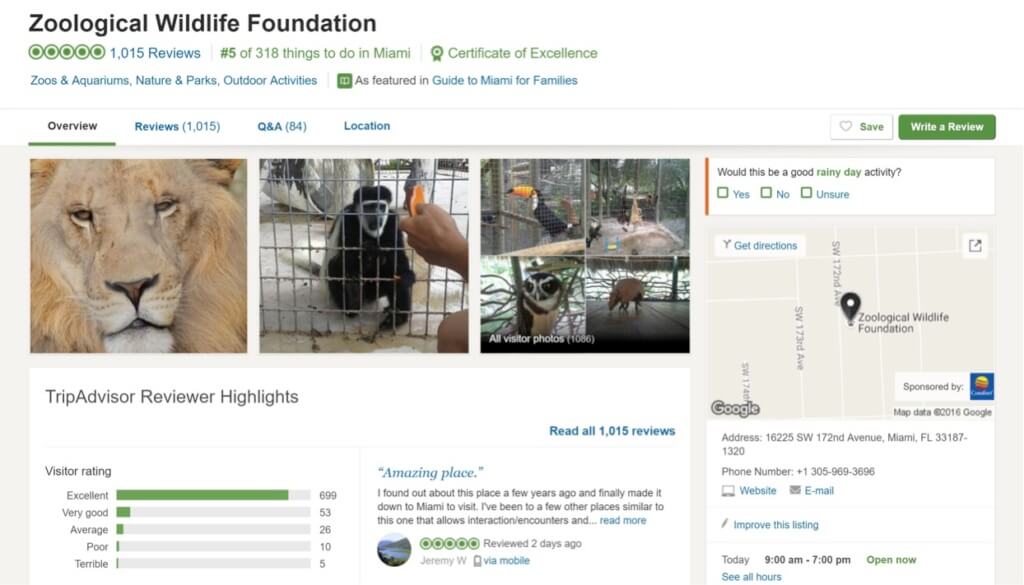
Snackable, shareable content in the form of photos, videos and blog posts was produced demonstrating the relationship between the animals and ZWF’s team and shared via a social media strategy with a focus on consistency.


Private tours and animal encounters were arranged with local and national influencers who were encouraged to amplify awareness of the foundation by sharing images and videos of their visits with their established social communities.

ZWF, its founders and brand ambassadors were weaved into the conversation by keeping a close eye on trends in wildlife conversation and a relationship was built with key media through media tours, FAMS and sharing of newsworthy content.
The Solid Results
ZWF’s online presence increased by 343 percent. Website traffic increased by 63 percent, the brand’s social media following shot up 67 percent and a 13.41 percent engagement with ZWF’s Facebook community was maintained.
The increased digital presence and media coverage resulted in their ranking on TripAdvisor as the #5 Best Thing to Do in Miami, #9 Best Zoo in the World, and #4 Best Zoo in the U.S. Brand sentiment increased from 92 percent positive to 98 percent positive and brand negativity decreased 67 percent.
ZWF was mentioned on Good Morning America, Today Show, Inside Edition, Associated Press, Reuters News Service, CBS Miami, USA Today, Yahoo!, The Miami Herald, NBC 6 in and thousands of other broadcast and internet publications.

Influencers including Kate Upton, Kourtney Kardashian, Jonathan Cheban, Adrienne and Chris Bosh, Adriana Lima, Lele Pons, and Dan Le Batard all visited the property and shared content on their social media channels.

Relationships were forged on behalf of ZWF with Greater Miami Convention & Visitors Bureau, Gilt Groupe, St. Jude Research Hospital, South Florida Concierge Association, Amigos for Kids, HBO, and New York University.

Additionally, RockOrange secured the filming of HBO’s hit series Ballers, which stars celebrity Dwayne “The Rock” Johnson.
Overall, the content driven approach proved successful in increasing revenue for the foundation by 217 percent in the first year of the campaign.
